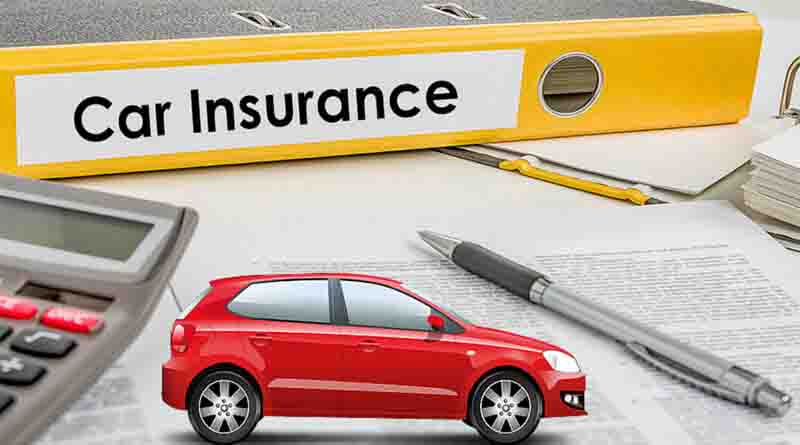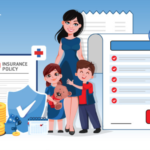When you buy and own a car, you must ensure that you purchase a car insurance for it. The premiums charged on these covers may differ significantly. You must, therefore realise what matters to you as we go on with our search for a good car insurance company.
Usually, a driver’s statistical and researched risk profile influences car insurance charges. Providers measure those occurrences one could get on a personal level to judge accordingly in case someone like you goes for a car cover. Read on to learn what determines car insurance costs.
The top 5 factors that determine your car insurance premiums
The following are key factors that determine the costs of auto insurance premiums:
1. Driving history
A significant contributing factor to your car insurance story. Insurer will thoroughly examine your past driving behaviour.
- Accidents – Drivers involved in previous at-fault accidents are statistically more likely to file claims in the future. Multiple accidents will significantly increase your premiums.
- Traffic violations – Tickets and citations like speeding, reckless driving, DUIs and other violations will raise your risk profile. Too many can result in policy cancellation altogether.
- Claims – Frequent claims for collisions, vandalism or car theft imply you operate in high-risk scenarios. Even not-at-fault claims can impact renewal rates.
Maintaining a clean driving record with zero accidents, claims, or traffic citations demonstrates responsibility behind the wheel. This qualifies you for the lowest possible car insurance rates.
2. Type of coverage
Third-party coverage pays for injury and property damage to others you cause in an accident. Higher liability limits give you more protection but also increase your premiums. Comprehensive coverage is protection against weather, fire, and other non-collision damage.
Choosing more comprehensive policies with higher coverage limits gives you more peace of mind, but they come with higher premium costs. Most experts recommend selecting more than just primary third-party coverage to self-insure.
3. Make and model
The specific type of vehicle you drive plays a significant role in determining your insurance rates.
Insurers charge higher premiums for high-performance vehicles due to more expensive repair costs resulting, and increased theft risk.
On the other hand, newer cars with advanced safety features like airbags, anti-lock brakes, etc. can qualify for lower premiums because they are less prone to accidents.
Ultimately, insurer associate high-end, high-powered vehicles driven by aggressively targeted demographics with higher claims volume and payouts.
4. Primary location
Where you reside and drive regularly heavily influences how much you pay for coverage. Drivers living in congested urban centres with high population density usually face steeper car insurance rates than those in rural areas.
Additionally, the costs to repair vehicles are often higher in major metros due to labour, parts, and rental car expenses. Areas prone to hail storms, hurricanes, flooding, and other extreme weather events result in costlier premiums since claims pay is to be more significant. Even down to the zip code level, precise location determines risk levels.
Finding two neighbouring suburbs or towns with vastly different average car insurance rates is widespread due to hyperlocal claim patterns and risk profiles. Where you live can mean premium differences of hundreds of dollars annually.
5. Credit and financial history
Your credit-based insurance score plays a role in determining your rates. Drivers with higher credit scores may enjoy lower premiums since statistical analysis shows good credit correlates with lower accident risk. On the other hand, poor credit is associated with irresponsible behaviour and more extraordinary claims likelihood.
Conclusion
Many complex factors determine what you’ll pay for car insurance. While some variables like age and location are out of your control, maintaining a clean driving record, choosing modest vehicles with ample safety equipment, improving your credit score, and selecting optimal coverage limits will help lower your car insurance premiums.








